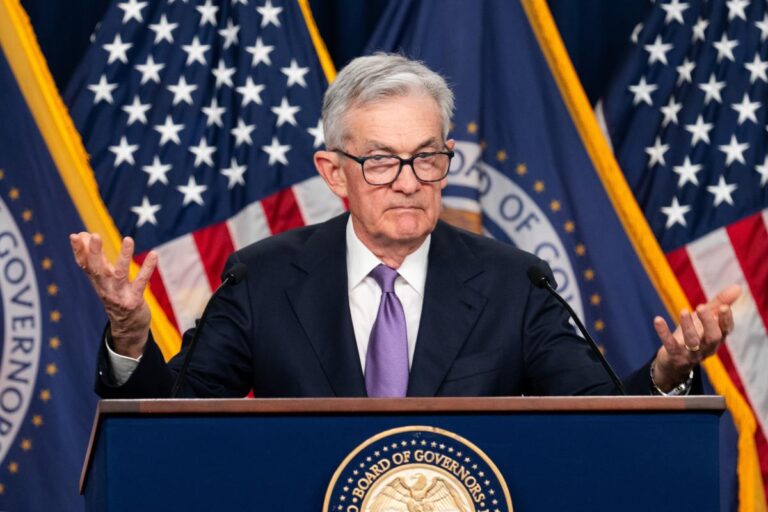The Fed got the inflation reading it wanted. It is still unclear when the central bank will start cutting interest rates.
The Fed's recommended measure of inflation, the “core” consumer spending index that excludes volatile food and energy prices, came in at 2.9% in December, better than expected.
This marked the first time the index had fallen below 3% since March 2021, long before the central bank launched its most aggressive interest rate hike campaign since the 1980s.
Even more encouraging for central bankers, core PCE inflation fell to 1.5% on a three-month annualized basis, the lowest level since the end of 2020. On a six-month basis, it was 1.9% for the second consecutive month. .
Both of these levels are below the Fed's 2% target.
The question now is whether this data is enough to justify a rate cut in line with expectations from investors who started the year expecting easing to begin in March.
Policymakers have pushed back on that optimism, warning that more data is needed to ensure such a shift. Some point out that it may not be realized until the second half of this year.
As of Friday morning, traders were pricing in a 46% chance that the central bank would cut interest rates at its March meeting. This is down from about 56% a week ago and significantly down from 88% last month.
Investors still expect the first rate cut to occur in May by a narrow margin, with the probability now at 51%.
Inflation continues to decline, but stronger-than-expected economic growth could support arguments for pushing interest rate cuts beyond March.
Advance forecasts for the fourth quarter of U.S. gross domestic product (GDP) released Thursday showed the economy grew at an annualized rate of 3.3% over the same period. This beat the consensus forecast of 2%.
If economic growth continues to exceed expectations and inflation rises again, the Fed could be forced to keep interest rates at current levels for an extended period of time. The last time interest rates were raised was in July, to the highest level in 22 years.
Fed Chairman Jay Powell suggested at a December Fed press conference that the Fed had likely reached a peak in rate hikes and would turn its attention to rate cuts as it looks to the future.
He also told Yahoo Finance's Jennifer Schoenberger that the Fed wants to “ease restrictions on the economy” long before inflation reaches 2%.
At its December meeting, Fed officials predicted three rate cuts this year, but did not say specifically when they would occur.
For the latest stock market news and in-depth analysis of price-moving events, click here.
Read the latest financial and business news from Yahoo Finance


